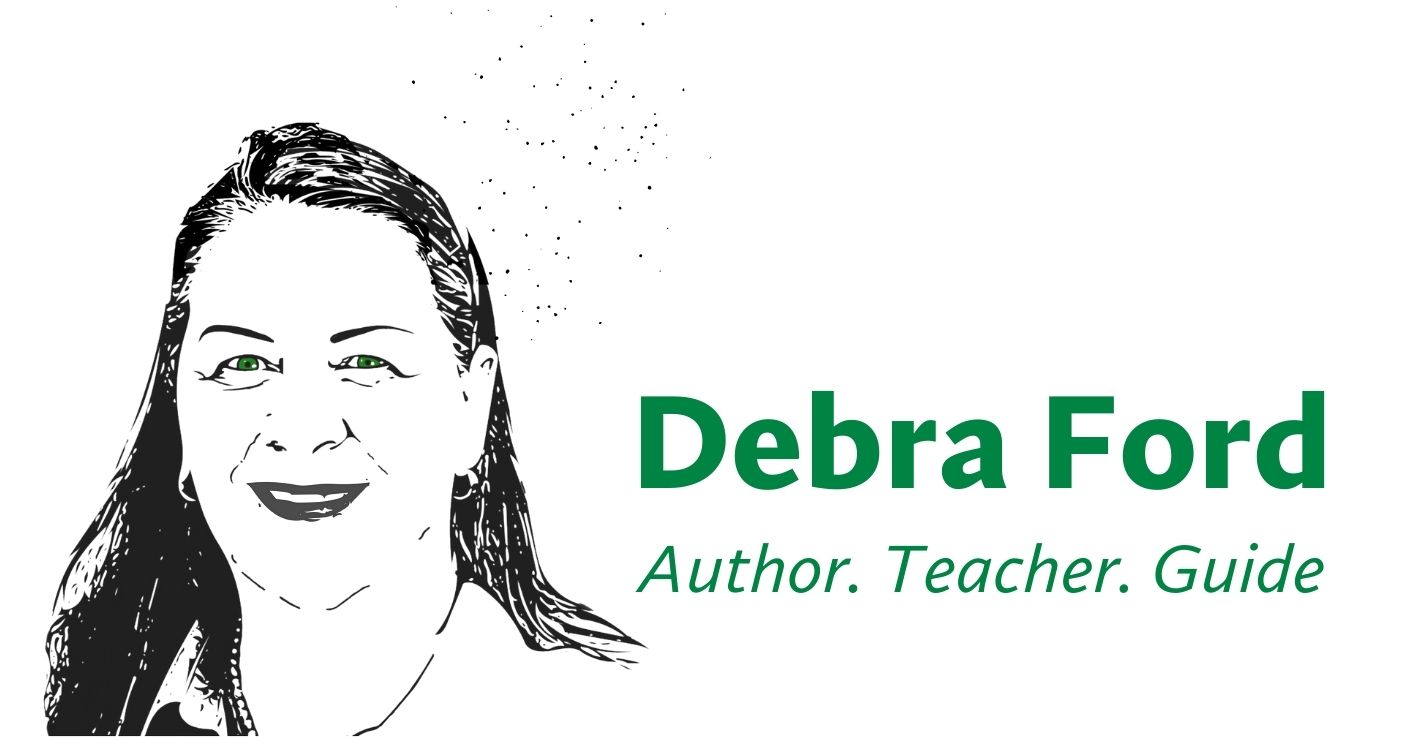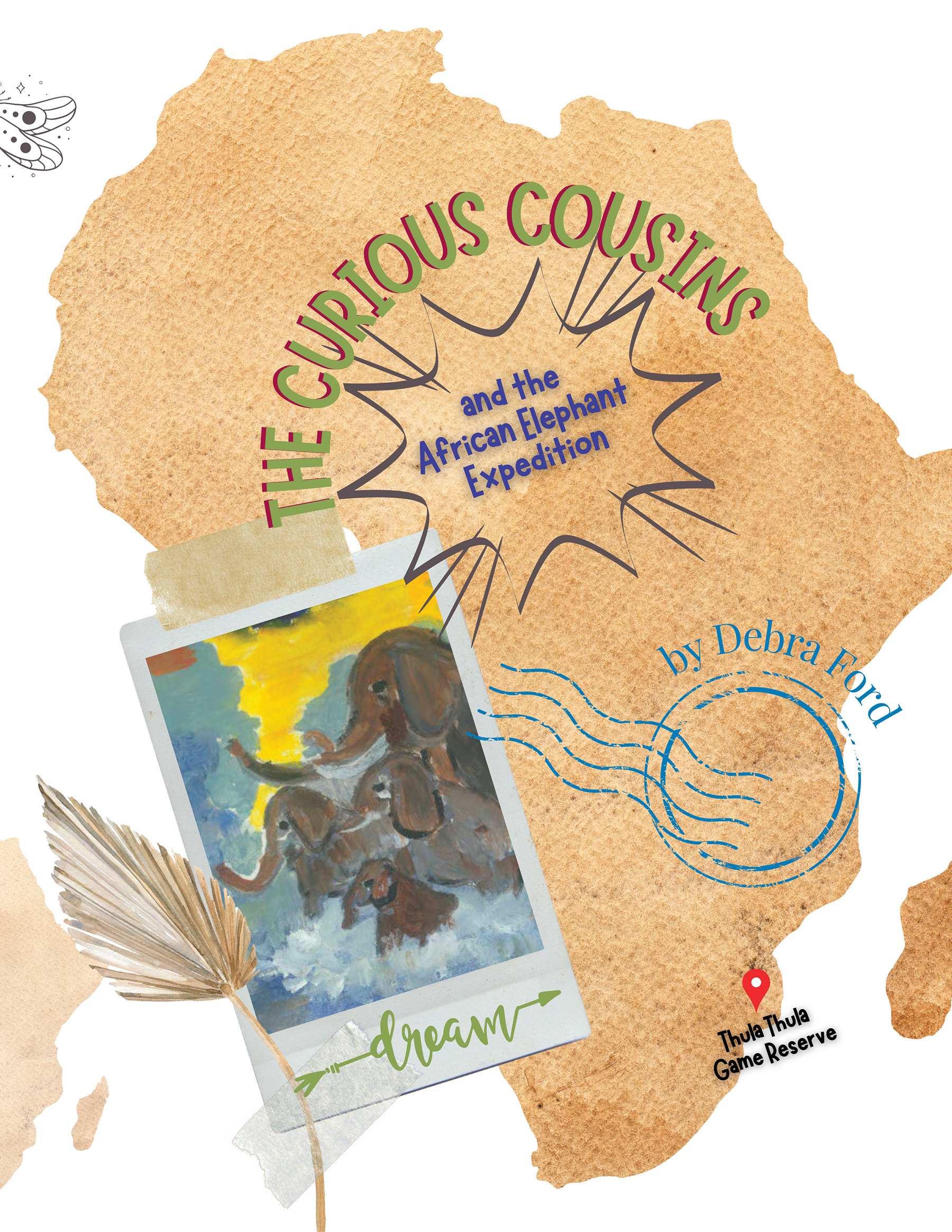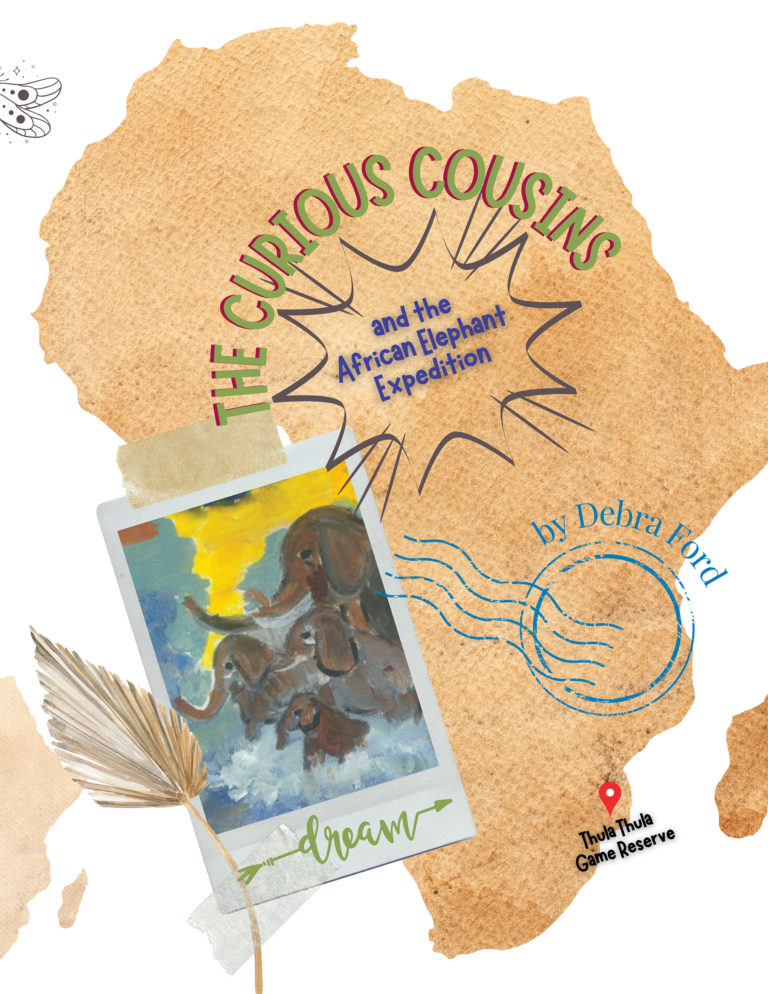The Curious Cousins and the African Elephant Expedition: dreamland
An adventure picture book for children. Meet Emilia, Isla, and Audrey, the Curious Cousins! 👧👧👧
These three little girls love to go on dreamland adventures, and in their latest adventure, they travel to Africa to learn all about elephants! 🐘
Did you know that elephants are afraid of ants? 🐜
Join Emilia, Isla, and Audrey on their magical safari expedition in The Curious Cousins and the African Elephant Expedition! 📚✨
Perfect for kids ages 2-12, this story is packed with wonder, wisdom, and unexpected friendships.
Order your copy today and embark on an adventure to the wild heart of Africa! http://www.amazon.ca/dp/1987975316/ref=nosim?tag=drdebraford-20


